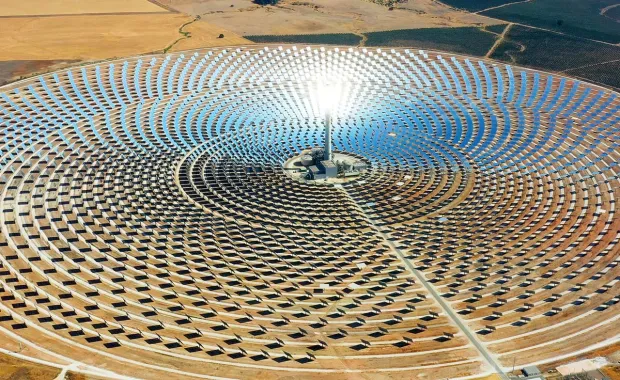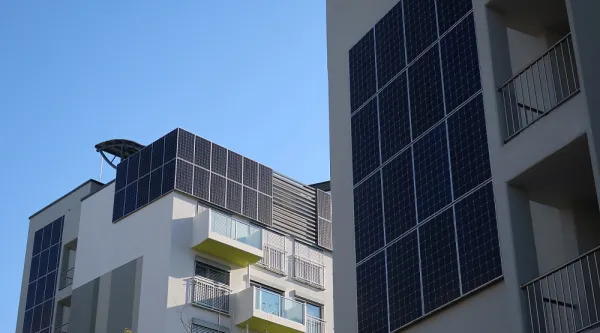Ayan Banerjee
Director, Consulting
Ayan
Banerjee
is
a
consulting
expert
at
CGI's
Energy
and
Utilities
Solutions
business
unit.
With
a
dedicated
focus
on
driving
innovation
and
transformation
within
the
energy
and
utilities
industry,
Ayan
helps
develop
cutting-edge
solutions
that
are
shaping
the
future
of
...






